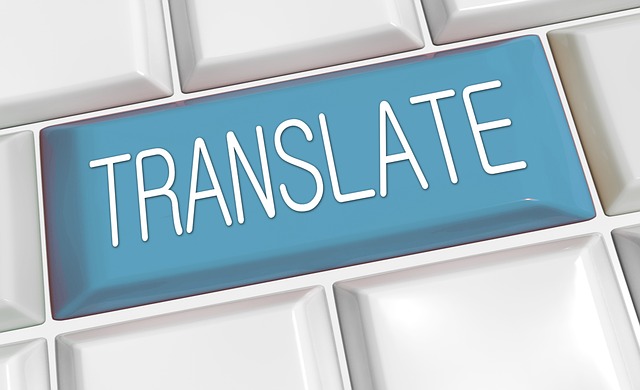A translator and an interpreter are two different jobs that are distinguished by a few things that you must understand before making a hire. Business translation services are needed for everyone who has overseas clients, and they must ensure that they have someone who will help them understand and speak to the person in the other half of their conversation. This article explains how the interpreter and the translator are doing different jobs for their clients.
Table of Contents
1: Interpreters Are Speaking What They Hear
Interpreters will speak what they hear, and they will say what hasn’t been spoken regardless of how difficult it is to understand. The interpreter is attempting to share the exact information they have been given, and they will not leave out anything they hear. The work they do is often quite difficult, and it may be confusing when they are sharing information with someone who does not understand the words and phrases that are used.
2: Translation Leans Towards Understanding the context
Translators are helping facilitate a conversation that involves two people, and they will lean towards understanding when speaking to both parties. They are attempting to help both parties have a conversation that is not disjointed, and they want their clients to feel as though they are not there. Translation often happens quickly, and it is used by the businesses that have clients around the world. The translator may be taken on business trips, or they may be invited to meetings that involve a foreign language.
3: Translating Documents
Documents must be translated in the same manner as conversations to ensure that all the information is broken down into a format that is easy to understand. The documents will be written to ensure the Spanish speaker understands, and the documents will be altered where certain words and phrases simply do not fit. A proper translator understands what must be added or subtracted, and they will help the client learn how to write for a foreign market.
4: Learning Both Languages
The interpreter and translator must have command of both languages, but the translator must understand casual vernacular. They will be asked to translate things that are not in a normal pattern of speech, and they may help with something as simple a text or message on social media. They will allow clients to speak as though they know the local customs, and they will prevent embarrassment when improper words or phrases are used. The fine art of translation ensures all speaking comes out smoothly.
Every translator who is hired for a business will help the company speak to overseas clients pin a meaningful way. They will show the customer a number of ways to speak to their clients in Spanish, and they will stand in for conversations, help write documents and ensure the company speaks to everyone in an appropriate manner. The service will help close the language gap, and it will stop the client from losing a connection because they do not speak the language.

